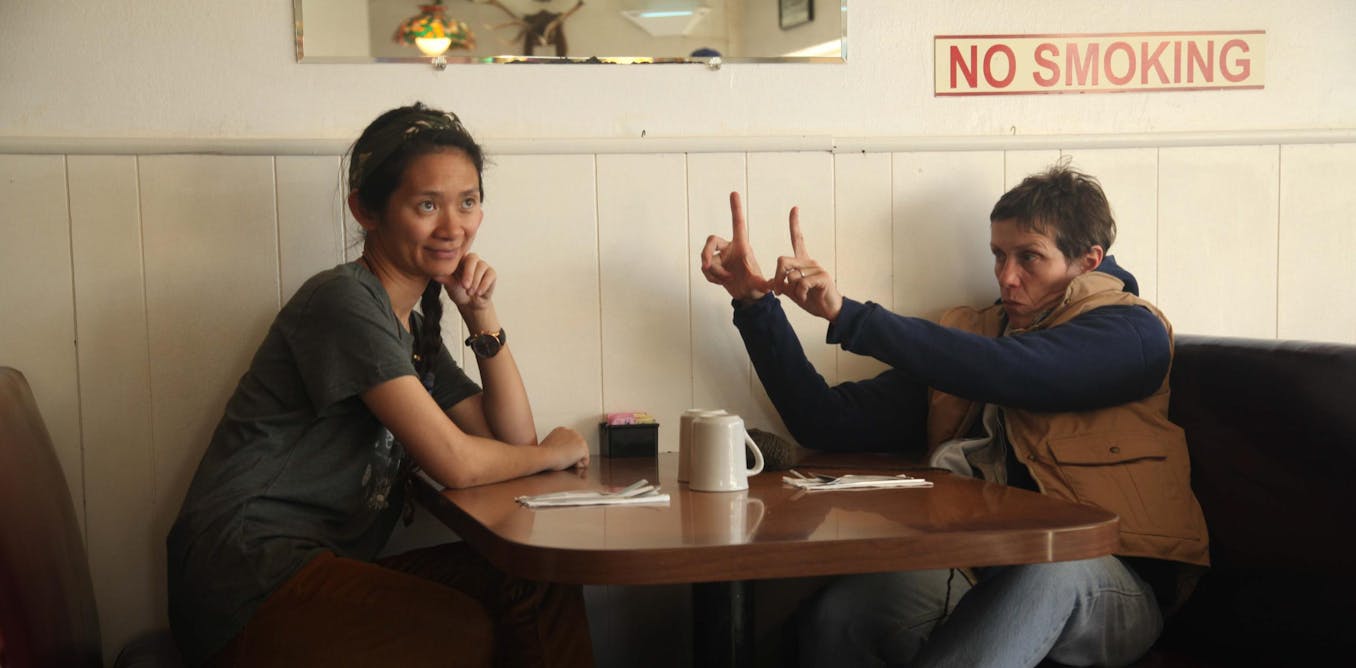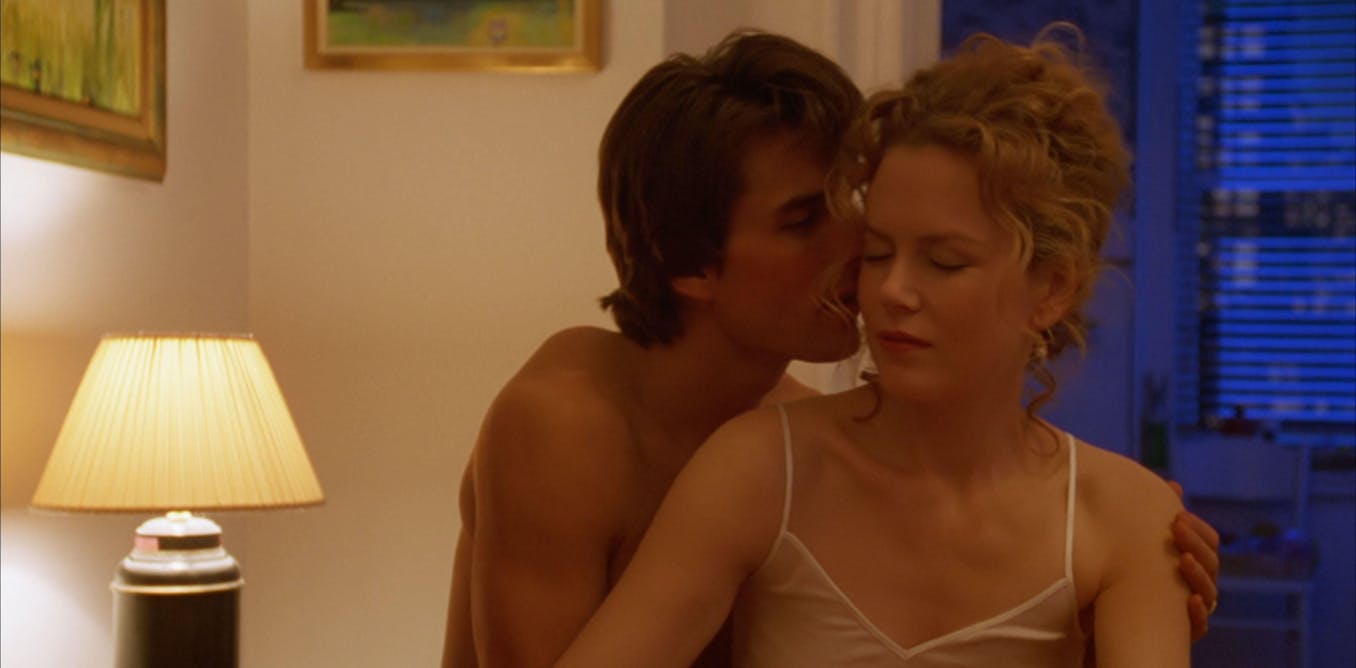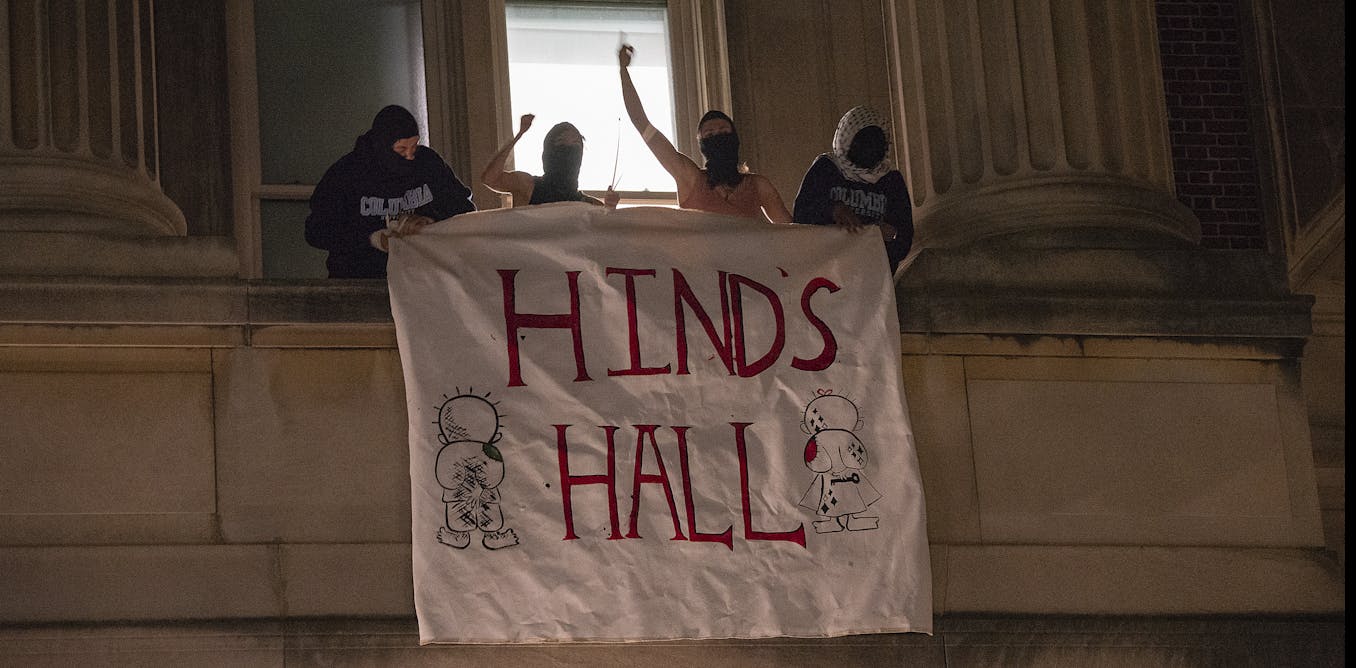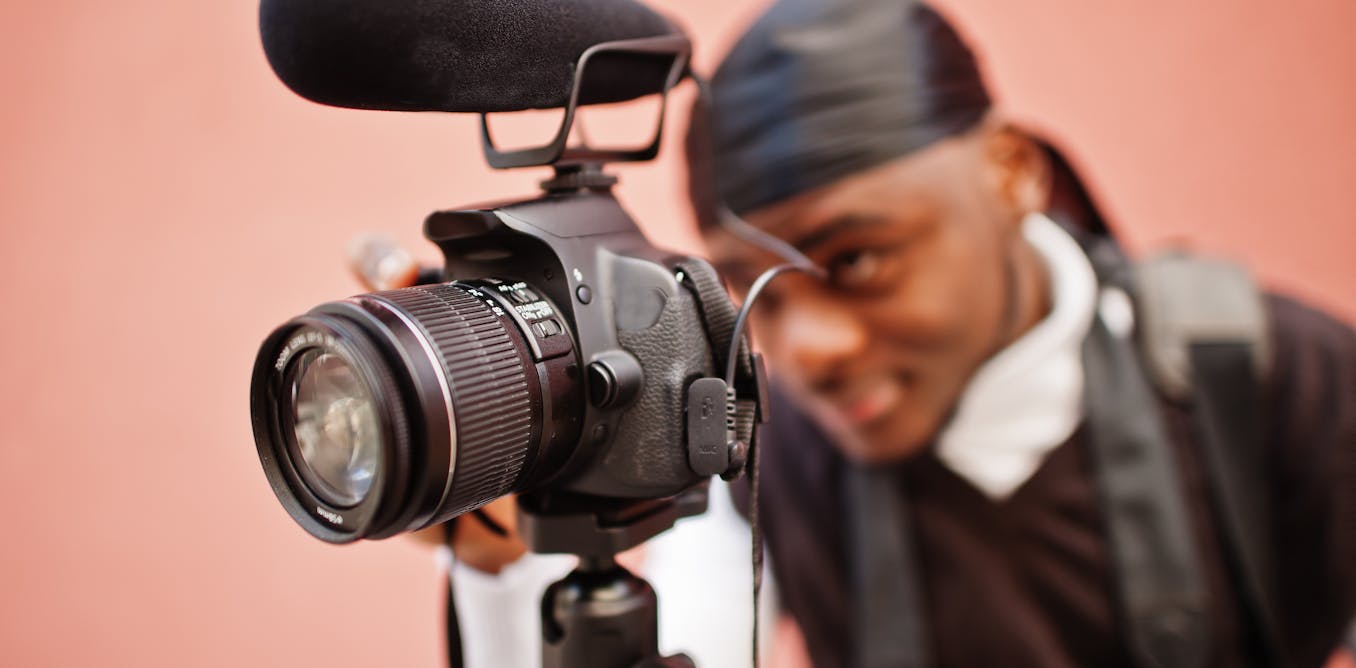The plot centres on a physician (Tom Cruise) whose wife (Nicole Kidman) reveals that she had contemplated having an affair a year earlier. He becomes obsessed with having his own sexual encounter. When he discovers an underground sex group, he attends one of their masked orgies.
Having not made a film in 12 years since Full Metal Jacket in 1987, Eyes Wide Shut was hotly anticipated. Titillated by juicy rumours in the British tabloids, critics and fans who were expecting a steamy X-rated psychological thriller were inevitably disappointed. “Eyes Wide Shut turns out to be the dirtiest movie of 1958,” quipped one critic. Wait 12 years for anything and it won’t turn out to be quite so good as you imagined.
But where English speaking audiences panned it, the film was warmly received in Latin and Mediterranean countries. And in the long term, those audiences proved to be right and the film has grown in stature since. Not everyone might agree that, as Kubrick claimed, it was his best work but they certainly should see its merits today.
Kubrick adored the work of Arthur Schnitzler, the Austrian author of the 1926 text, Traumnovelle (translated into Dream Story in English), which became his source material. Once described as the greatest portrayer of adultery in German-language literature, Schnitzler wrote about themes of sex, marriage, betrayal and above all, jealousy. He even, it is rumoured, kept a diary of every orgasm he ever experienced.
Given that Kubrick discovered Traumnovelle in the early 1950s, it influenced almost every film he made. Consider the rapes in Fear and Desire (1952) and Killer’s Kiss (1955), the adultery and jealousy in The Killing (1956) and the attraction to younger women in Lolita (1962). Consider also the sexual violence in A Clockwork Orange (1971), the adultery in Barry Lyndon (1975), the marital troubles of The Shining (1980) and the toxic masculinity of Full Metal Jacket. They all culminated in Eyes Wide Shut.
This extends to the films Kubrick didn’t make too. The Freudian tale of Burning Secret written by Schnitzler’s contemporary, Stefan Zweig, that was abandoned in 1956 through to Napoleon, a figure that intrigued Kubrick partly because he had, in his own words, a sex life worthy of Arthur Schnitzler.
Kubrick returned to Eyes Wide Shut time and again during his career. But it took until the mid-1990s, when Kubrick was in his 60s, before he was able to execute it.
He struggled with adapting the source material. How does a director who spent his career putting big themes like nuclear war, the space race and Vietnam on the big screen put the tiny intimate moments of marriage on there?
His wife, Christiane, kept stopping him, telling him they were too young. Or maybe it was because Kubrick was legendary for his pre-production research, so only with four decades of marriage under his belt did he feel he really understood the topic.
By the time it was eventually made, Kubrick was in a poor state of health. Already a ponderous filmmaker, he was slowing up. The production was long, arduous and still holds the record for the longest continuous shoot in cinema history.
LANDMARK MEDIA/Alamy
When it finally wrapped on June 17 1998, he was exhausted. Eyes Wide Shut had been filmed over 294 days, spread over 579 calendar days, including 19 for re-shooting with actress Marie Richardson, totalling slightly over a year and seven months. And post-production would last for a further nine months, only brought to a halt by Kubrick’s death.
Not around to influence the marketing, the film suffered from a poor critical reception. The result was a disappointed audience, looking for salaciousness where none existed. That, in turn, influenced their response and the initial commercial failure of the film in the US.
Many US and British critics felt the film was too long, the acting was unconvincing, the New York sets looked fake, the ideas were weak and the eagerly anticipated orgy scene was ridiculous. They thought it was hermetic, too ordered and too closed off.
In the end, ironically, it was the highest grosser of any Kubrick film. It cost US$65 million (£40 million) to make with another US$30 million in publicity costs and eventually grossed US$162 million worldwide.
Influence
Similar to The Shining, Eyes Wide Shut became the source of any number
of conspiracy theories. It has even been seen as a warning to the predations of convicted US sex offenders, Harvey Weinstein and Jeffrey Epstein.
Now, it is regarded as a classic, maybe not Kubrick’s best film, but one with enough layers to reward repeated viewing. And its influence is felt in wider popular culture.
Consider the explicit reference in Jordan Peele’s 2017 film Get Out, a director much influenced by Kubrick’s style, when one character says: “You in some Eyes Wide Shut situation. Leave, motherfucker.”
Read more:
Stanley Kubrick redefined: recent research challenges myths to reveal the man behind the legend
Todd Field, who played Nick Nightingale in Eyes Wide Shut, showed a Kubrickian influence in the image making, pacing and almost dreamlike atmosphere of the film Tár which he directed in 2022. Jonathan Glazer’s Birth (2004) owes a huge debt to Eyes Wide Shut also.
In the final analysis, anyone who refuses to engage with Eyes Wide Shut is refusing to understand Kubrick as a filmmaker. He wanted to make it at the very point he began making feature films. It lurks behind every film he made.















